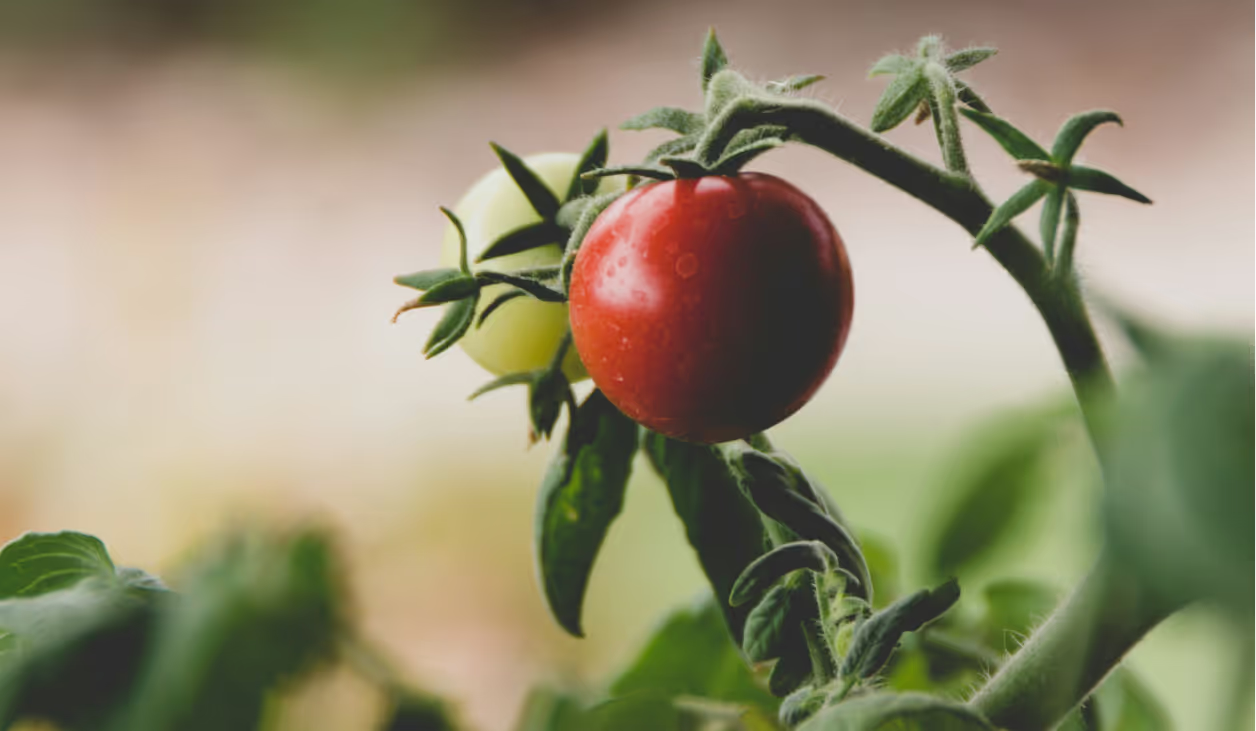The Science of Companion Planting

Join the community





Tomatoes and basil complement each other in the kitchen and home garden. When planted together in a garden, basil prevents tomatoes from insect pests and moths. This is known as companion planting, a technique that involves growing two plants next to each other for mutual or one-sided benefit.
There are several other benefits that companion planting offers:
Improving soil health
Planting companion plants with different root structures aids in soil aeration and ensures that each plant draws nutrients from varying soil depths. Shallow-rooted plants like broccoli, corn, and cabbage can be planted with deep-rooted ones like melons and tomatoes that can pull water and nutrients from deeper soil profiles. You can enhance the soil structure by adding nitrogen-fixing legumes like peas, beans, and clover to the mix.
Saving Space
Companion gardening can also help with maximizing garden space. Planting early short-season crops with later maturing crops is a great way to conserve space. By the time you harvest the early season crop, the later season crop will start to form a canopy. A great example of this is planting early-season crops like lettuce, spinach, or basil with later-season crops like peppers or tomatoes.
Natural support
If you are familiar with gardening, you might know about the "Three Sisters" of Indigenous American agriculture: corn, squash, and beans. While corn provides a stalk for beans to climb and acts as a visual deterrent for squash insects, squash is a deterrent to vertebrate animals like raccoons, which often eat sweet corn. Beans provide nitrogen to all of them. Crops like sunflowers also physically support lower-growing, sprawling crops such as cucumbers and peas.
Shade regulation
You can protect shorter, shade-loving plants from the sun by planting them with taller ones. For example, corn provides shade for lettuce and squash, while pumpkin leaves shield smaller bean and pea plants from the sun. They also help them with weed suppression.
Pest Control
Companion plants repel insects to protect other plants in various ways. One way is by emitting odors that either repel insects, attract them, or mask other plants' odors. For example, garlic’s smell is unappealing to many pests. Certain plants attract predator insects that prey on other harmful insects and pests. Many insects rely on visual cues to locate their target plants. Planting 2-3 varieties with different heights, colors, and textures can confuse them.
Here’s a companion planting chart (scroll to the end) that you can use before you dive into companion gardening.












